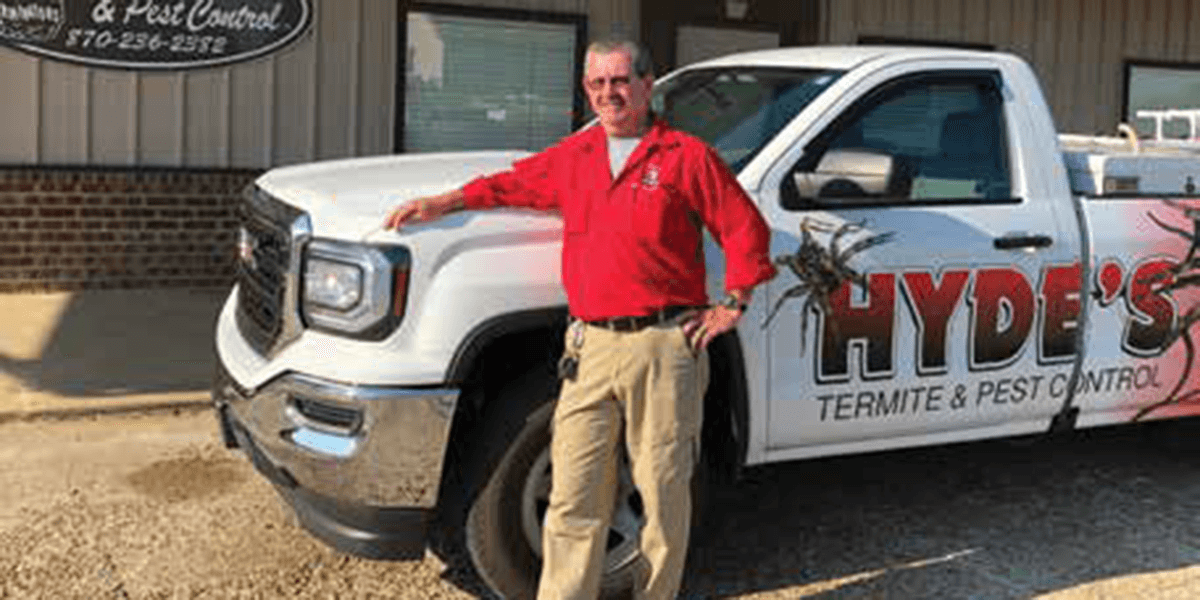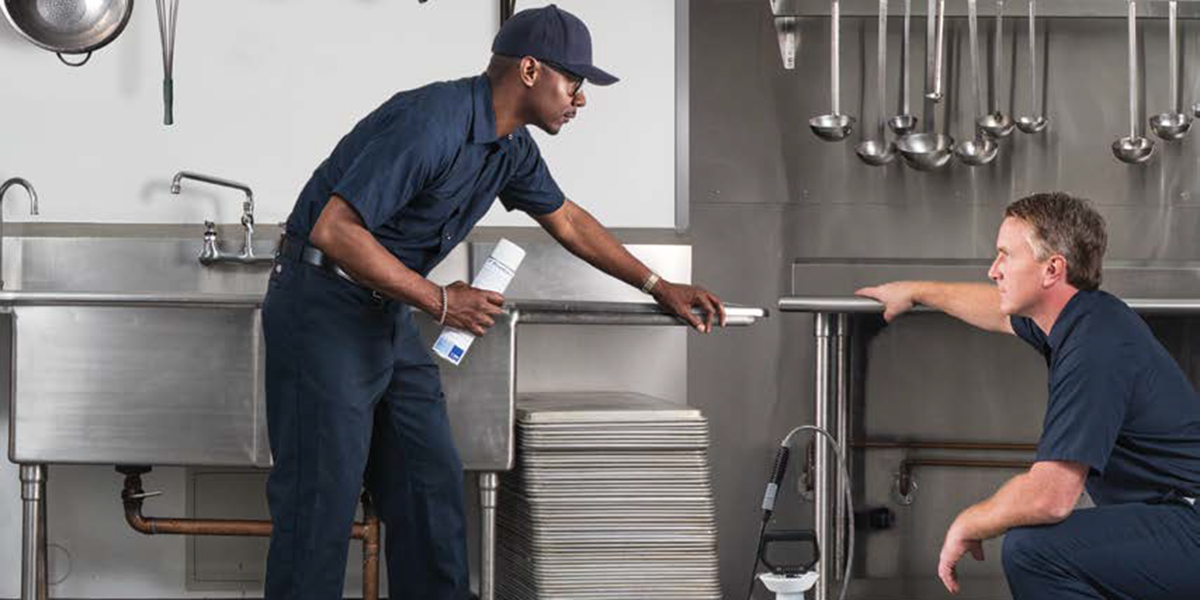To ensure the most effective, innovative tools are incorporated into its rodent management program, a company should consider checking protocols and procedures in the following parts of its business plan:
- the products and services it offers;
- the training given to technicians; and
- customer communication and education.
A review of these important components will assist in developing a well-designed program that ensures technicians are confidently trained and customers are educated about products and services that enable good stewardship in rodent management.
A review of products and services helps a business determine if it should change or expand the rodent management services it offers. Think about alternatives, such as adding other rodent services to a package or implementing a charge for services that were previously complimentary. Services could include site evaluations for conducive conditions, exclusion, trapping and baiting with rodenticides. When it comes to baiting, consider two important tools: the bait station and the bait. Review and research the various brands of stations and available options. Remember, bait stations come in many shapes, sizes, and with different safety ratings. Rats and mice, too, come in various sizes, and rats, in particular, can be picky about the size of a bait station. Finally, understanding rodenticide “mode of action” is necessary for true product knowledge and for setting up service scheduling. Technicians must be aware that some rodenticides have a “self-limiting” or “stop feed action” effect and rodents may not consume as much bait as with anticoagulants.
Additionally, a company review of the products and services it offers and the new services it may incorporate leads to a crucial, second step: technician training.
A program check-up should include an understanding of any new rodenticides in the toolbox, and the new business streams you may be introducing (such as site inspections and exclusion). Technicians may have to learn new concepts, such as an estimate of the rodent pressure to ensure the proper number of stations are used for low, medium, or severe infestations. For some accounts, this may require more stations than previously used to ensure the correct amount of bait is being used based on the rodent pressure. Under-baiting can derail a program and lead to bait shyness or population “bounce back.”
Finally, having a robust and clear communication plan is an important step in your check-up to educate your customers about new services offerings, products, and approaches to good stewardship.
Customers may know a little or a lot about rodenticides or may simply have noticed changes to their rodent management program. Companies can prepare for customer inquiries, which will ensure the technicians are knowledgeable and comfortable with the answers and the facts they will need to share.
An effective communications plan should also include changes to documents such as inspection forms, contracts, and other consumer-facing platforms (including your website if needed). You can ensure individuals have access to information/education and public health risks about rodents and rodenticides by linking to important CDC topics on your website. Sharing the most updated information available demonstrates your expertise and commitment to providing the most innovative programs for the protection of their families and properties.
Providing the best, most up-to-date products and services, training for your teams, and clear customer communication plans are the foundation to a company’s success. Routine, comprehensive check-ups in all three areas will ensure you stay on top of rodent (and other) programs you offer.







